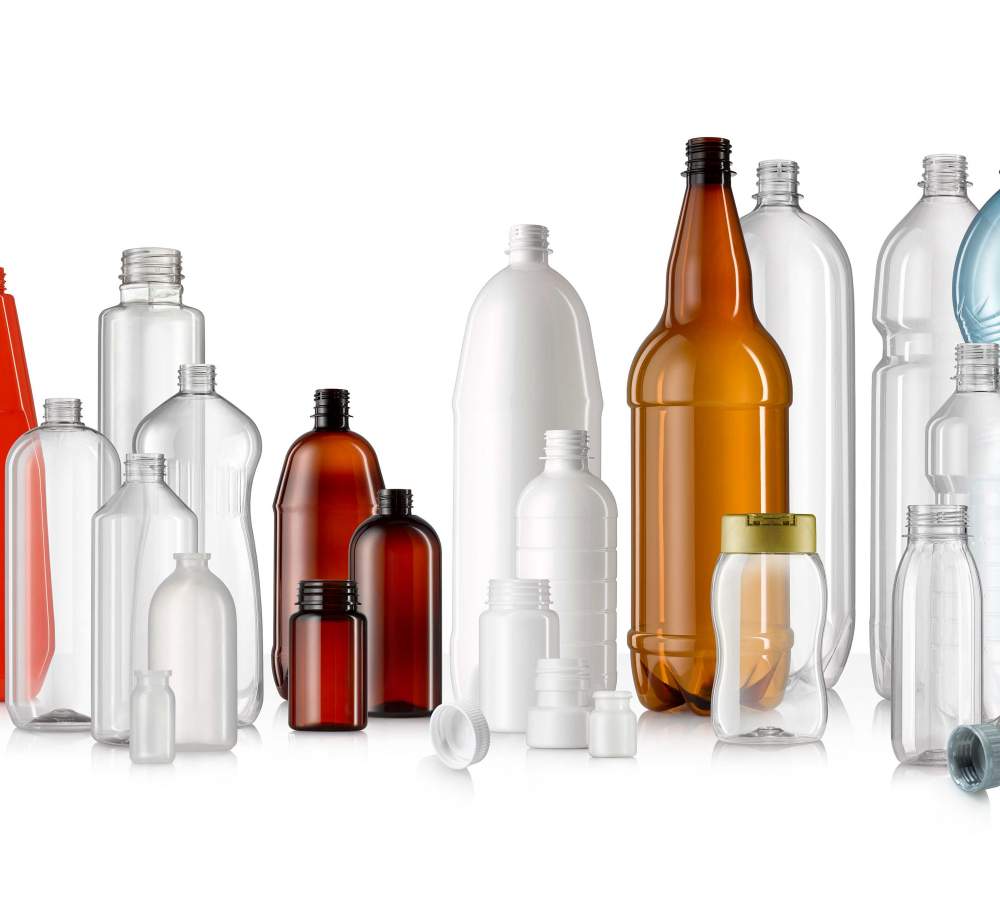The Design and Manufacture of Modern Products involves the process of creating innovative and functional items that meet contemporary consumer demands while incorporating cutting-edge technology, materials, and manufacturing techniques. This field spans various industries, from consumer electronics and automotive to furniture, fashion, and household goods.
Key Aspects of Modern Product Design:
- User-Centric Approach: Modern product design focuses on enhancing the user experience (UX), ensuring that products are functional, easy to use, and aesthetically appealing. Designers prioritize usability, ergonomics, and convenience.
- Innovation and Technology Integration: Modern products often feature advanced technologies, such as smart devices, IoT (Internet of Things) connectivity, automation, and AI-driven functionality. This allows products to offer enhanced capabilities, such as automation, remote control, and real-time data analysis.
- Sustainability: Environmental responsibility is a core concern in modern product design. Manufacturers are adopting sustainable materials, reducing waste, and improving energy efficiency in the manufacturing process. This includes the use of recycled materials, and biodegradable components, and designing products for durability and recyclability.
- Aesthetic and Minimalism: Modern designs often embrace minimalism, with clean lines, simple forms, and an emphasis on practicality. This aesthetic approach reflects modern tastes for sleek, clutter-free, and streamlined products.
- Customization and Personalization: The ability to personalize or customize products is highly valued. Modern manufacturing processes, like 3D printing and digital production techniques, allow for mass customization, enabling consumers to tailor products to their preferences.
Manufacturing Techniques for Modern Products:
- Advanced Manufacturing Technologies: Techniques such as 3D printing, CNC machining, and laser cutting have revolutionized product manufacturing, allowing for high precision, reduced waste, and faster production cycles.
- Smart Factories and Automation: The use of robotics, artificial intelligence (AI), and automation in production processes has led to the creation of smart factories. These facilities optimize production, minimize errors, and reduce downtime.
- Lean Manufacturing: This approach focuses on eliminating waste, improving efficiency, and delivering high-quality products quickly and at lower costs. It involves continuous improvement and sustainable production practices.
- Material Innovations: The development of new materials, such as composites, biodegradable plastics, and lightweight alloys, is key to modern product manufacturing. These materials often offer improved performance, durability, and environmental benefits.
- Prototyping and Iteration: Rapid prototyping techniques enable designers to test and iterate on product designs quickly. This allows for the optimization of products before mass production begins, reducing risks and improving time-to-market.
Industry Trends in Modern Product Design:
- Smart and Connected Products: With the rise of IoT, modern products are increasingly interconnected, offering new functionalities, such as automation, data collection, and remote control.
- Eco-Friendly Designs: There’s a growing demand for environmentally friendly products that reduce waste, conserve energy, and minimize environmental impact.
- Collaborative Design Platforms: Designers are utilizing collaborative tools, like CAD software and virtual prototyping, to streamline design processes and enhance collaboration between teams, even in different geographical locations.
- Globalization and Supply Chain Management: The design and manufacture of modern products often involve global supply chains. Efficient management of resources, manufacturing processes, and logistics is crucial to delivering products on time and within budget.
Challenges:
- Sustainability: Balancing innovative design with sustainability can be challenging, particularly when integrating new technologies or materials.
- Market Competition: The rapid pace of innovation and consumer demand for new products creates a highly competitive environment, requiring companies to continuously innovate.
- Cost Control: Advanced technologies and materials often come with higher initial costs, requiring careful management to maintain profitability while delivering high-quality products.
Overall, the design and manufacture of modern products involve a dynamic interplay between creativity, technology, sustainability, and efficiency, aimed at meeting the ever-evolving needs of contemporary consumers and industries.


